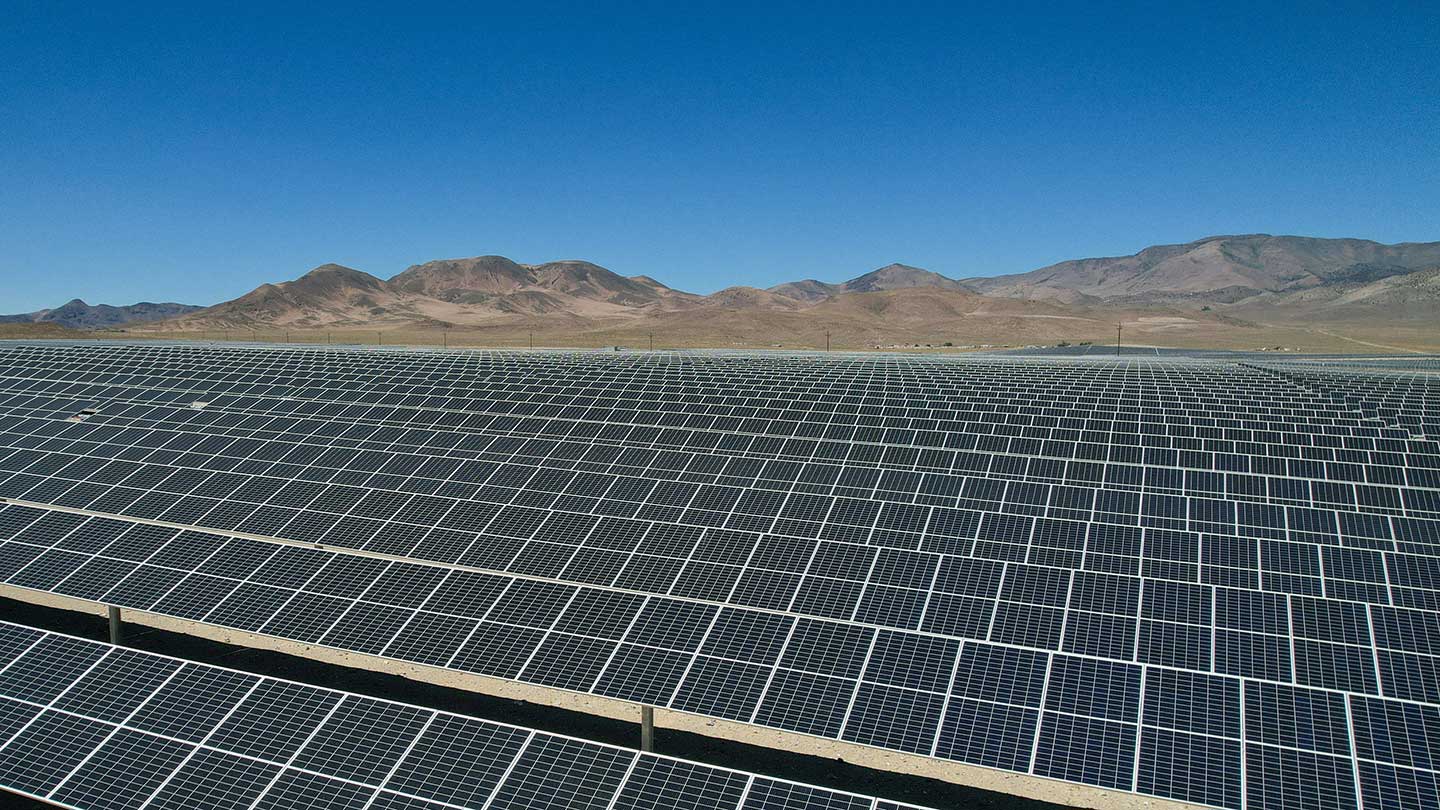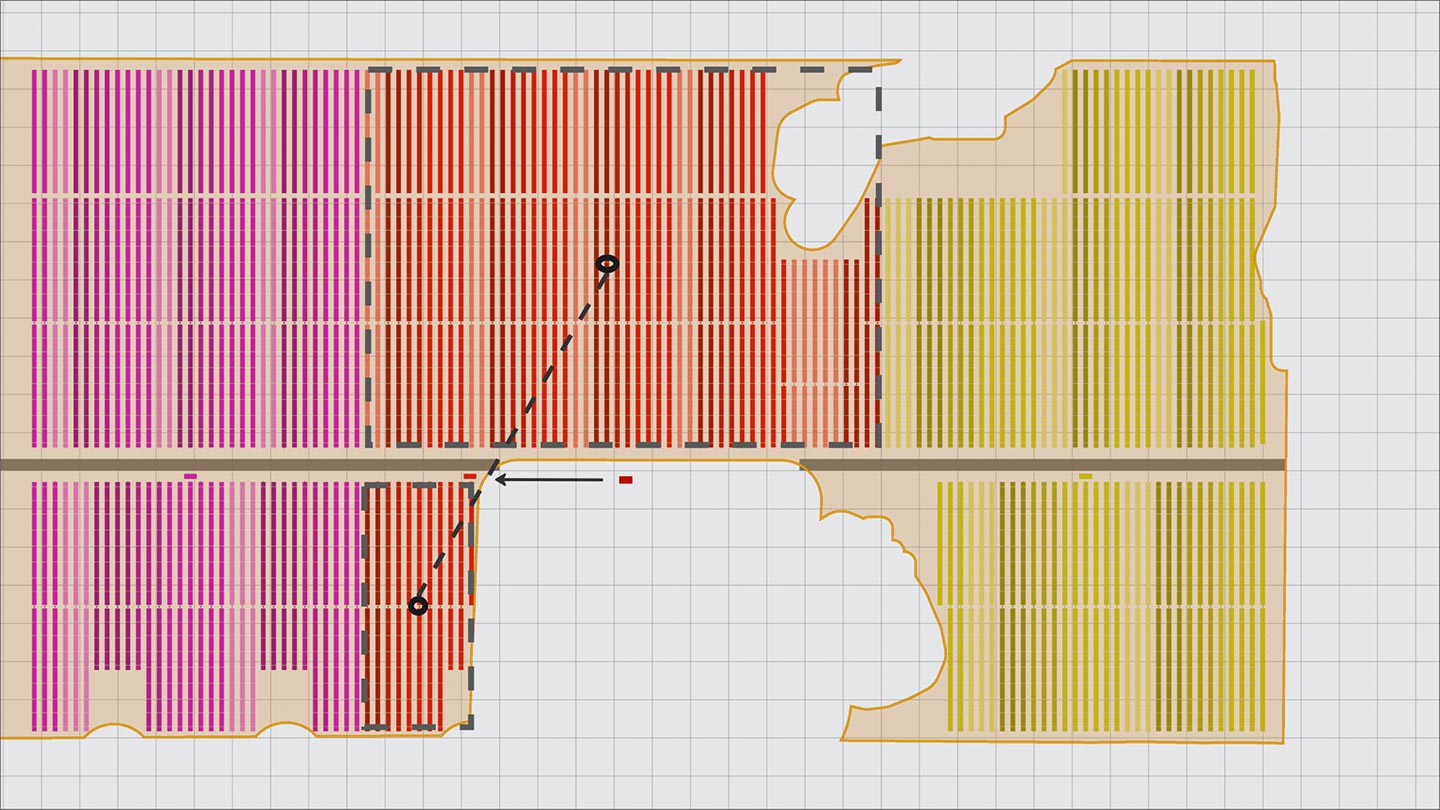Not All Dollars Are Equal: Time-Value in EBOS Decisions
%20(1).jpg)
If you're building utility-scale solar, you know every penny matters. So, it's tempting to cut upfront costs wherever possible, especially when a single number, like Electrical Balance of System (EBOS), looks modest compared to modules or structural elements. At about $0.20 per watt, EBOS, including labor, seems like a small slice of your project budget.
But here's the catch: EBOS isn't just another line item. It's the system's electrical backbone, the literal path electrons travel for the next 30 years. Decisions here aren't just about dollars spent today; they're about energy lost (or gained) every day for decades.
The Hidden Long-Term Multiplier Effect
Unlike piles or trackers, EBOS choices ripple through your project's entire lifecycle. Decisions around wiring architecture, cable sizing, and voltage drop aren't just construction details. They directly influence how efficiently your plant operates, how much maintenance it requires, and ultimately, your project's financial success.
A seemingly minor compromise upfront can balloon into enormous long-term losses.
A Real-World Example: 2% vs. 4% Voltage Drop
%20(1).jpg)
We recently modeled this exact scenario on a typical 1,100-acre utility-scale PV site, comparing two EBOS designs:
- Scenario A: A "good enough" 4% voltage drop, cutting initial costs by about $2 million thanks to smaller cables and simpler wiring.
- Scenario B: A more robust 2% voltage drop, investing a bit more upfront.
Here's the kicker:
Scenario A saved those upfront dollars but over the project lifetime, it quietly burned through $40 million in lost energy production.
That's right: $2 million upfront saved, $40 million lost later.
It's not rocket science; it's just math. But too often, teams don't do this simple calculation, and the choice gets made unconsciously. The long-term value evaporates quietly, buried in spreadsheets and project timelines.
Why the Small Stuff Matters Big-Time
Utility-scale solar magnifies small efficiency gains or losses exponentially. A fraction of a percent might sound trivial today, but compounded daily for 30 years, it becomes anything but trivial. EBOS directly affects:
- Peak irradiance performance (those sunny days you depend on)
- Reliability and maintenance costs (no one likes unplanned cable replacements)
- Predictability of operational expenses (because unexpected downtime isn’t cheap)
So When Should You Spend More Now?
It comes down to understanding your project's break-even points. You don’t have to gold-plate every cable, but you do need clarity about when extra upfront investment pays off massively down the road.
Many teams skip the analysis or lack the tools to quickly quantify the long-term economics. This oversight means they're not making informed tradeoffs; they're guessing.
Design Like You Own the Project (Because You Do)
Smart EBOS design isn't about overspending; it's about smart spending. It means knowing exactly where spending more today earns you more tomorrow. It means setting up a feedback loop between your design team, operations, and finance, ensuring everyone sees the big picture clearly.
If EBOS still feels like just another checkbox on your project list, take another look. Because dollars spent wisely today aren't just costs; they're future returns. And ignoring the time-value of those decisions leaves money and electrons on the table.

.jpeg)



.png)

.png)